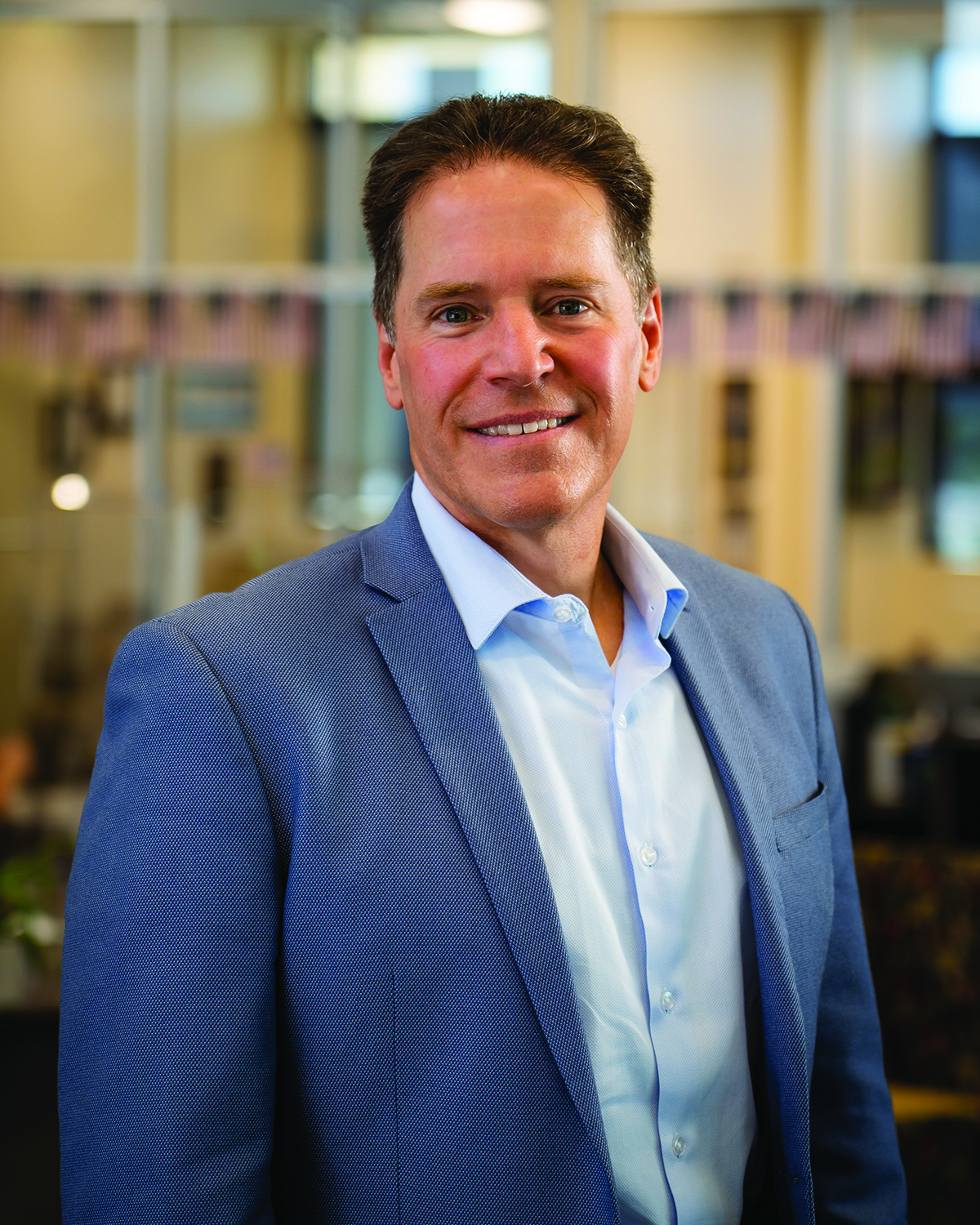By Rob Sabo Special to NNBW
Thursday, July 21, 2022
Runaway inflation is being felt in every city and rural community in Northern Nevada, from record prices at the gas pump to skyrocketing grocery bills.
In an effort to curb escalating price pressures, Federal Reserve Chair Jerome Powell in mid-June raised the benchmark interest rate by three-quarter percentage points. It was the single-largest rate hike in 28 years — and the Fed is likely far from done.
The rate hike was expected as inflation has raced upward throughout 2022. The Consumer Price Index in July jumped 9.1 percent from year-earlier figures, the biggest gain since 1981. The CPI measures average changes over time for the cost of goods and services for consumers.
Despite the attention-grabbing headlines and the very real possibility that additional rate hikes could bring the benchmark interest rate to 3.5 percent by year’s-end, there’s no reason for Northern Nevada businesses to sound the alarm, said Andrew Ryback, president and chief executive officer of Plumas Bank and Plumas Bancorp. Andrew Ryback
Andrew Ryback
“To put it in perspective, right now we are at a target rate of 1.5 to 1.75,” Ryback told NNBW. “What’s caught everyone’s attention is the 75 basis point increase last month — we haven’t had that quick of a rise in rates in a long time. But that’s really not that high of a rate.
“Prior to the Great Recession we were looking at rates of 5.5 percent. When the recession set in, the Fed slashed rates and got them down to 25 basis points. It remained there for a number of years before we got back up to 2.5 percent. If rates get back there it will be right where it was before the pandemic set in.”
The current and pending rate hikes are designed to slow voracious consumer demand spurred in part by billions in three rounds of economic stimulus payments after the onset of the COVID-19 pandemic. According to the Congressional Budget Office, the Cares Act, Coronavirus Relief Act and American Rescue Plan Act pumped more than $850 billion into the national economy.
That massive cash infusion, coupled with ongoing supply chain shortages stemming from pandemic-induced shutdowns, led to rising inflation, Ryback said. The Fed’s moves are designed to curb the rapid inflation that’s been eating into the pocketbooks of Northern Nevadans.
“The Fed is dedicated to increasing rates to curb inflation, and they can do it with unemployment rates still very low,” Ryback said. “The Fed has two mandates: control inflation and have full employment. We definitely have full employment – anything below 5 percent is considered full employment. Inflation is the primary target, and rapidly increasing rates bring a shock to the economy.”
Businesses must re-price their products and goods in order to keep up with rising production and materials costs, as well as higher costs for commercial lending. The biggest impacts likely will be a rise in regional unemployment rates that could actually help some local businesses that have been plagued by staffing shortages, Ryback noted.
“Unemployment could go above 5 percent, but this economy is strong and will remain strong. I don’t anticipate any deep recession taking place because Northern Nevada’s economy is so much more diversified than it was when we entered the Great Recession a dozen years ago. We are in much better shape and aren’t reliant upon any one industry.”
Although the hike in interest rates will make the cost of borrowing money more expensive for private and public companies in Northern Nevada, institutions such as Plumas Bank and other regional lenders are in a strong financial position, Ryback said.
“Because of all the economic stimulus that’s been put into the economy, banks have a lot of liquidity – all the banks in this region are very strong, and have very low credit-quality issues,” he said. “I don’t expect any choppy waters in the banking sector.”
Consumers, meanwhile, will be hit with higher interest rates on credit card debt, and potential homebuyers will be faced with higher monthly payments on their mortgages as the cost of borrowing increases.
That additional financial burden could keep some prospective buyers in the region in apartments rather than pursuing home ownership, said Susy Vasquez, executive director of the Nevada State Apartment Association.
“Interest rates and mortgage rates will put more pressure on multifamily because people won’t be purchasing homes,” Vasquez said. “They will be staying in place rather than having that normal transition out.” Susy Vasquez
Susy Vasquez
“It’s still a relatively low rate environment, and the Northern Nevada economy will continue to do well with all the diversification,” Ryback said. “We kind of got addicted to zero rate environments, but it’s really more normal to be north of 2 percent.”
 Andrew Ryback
Andrew Ryback Susy Vasquez
Susy Vasquez
Comments
Use the comment form below to begin a discussion about this content.
Sign in to comment